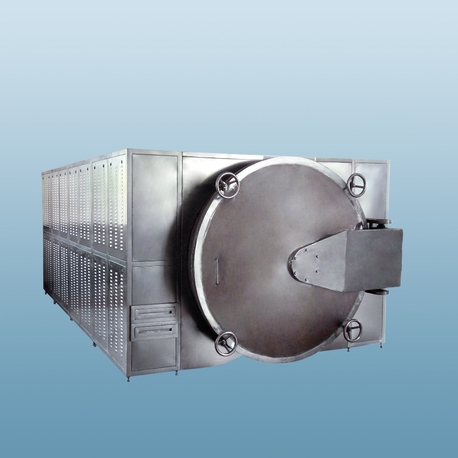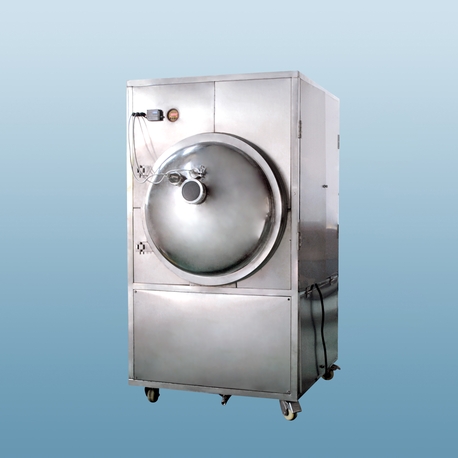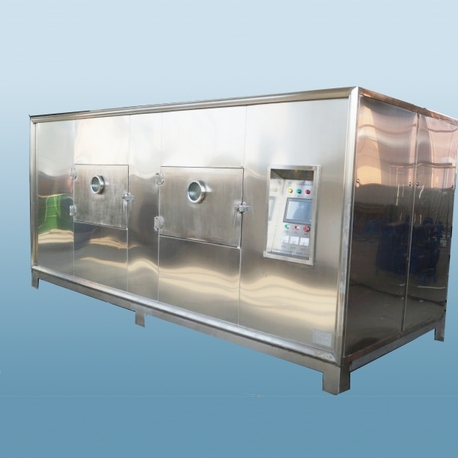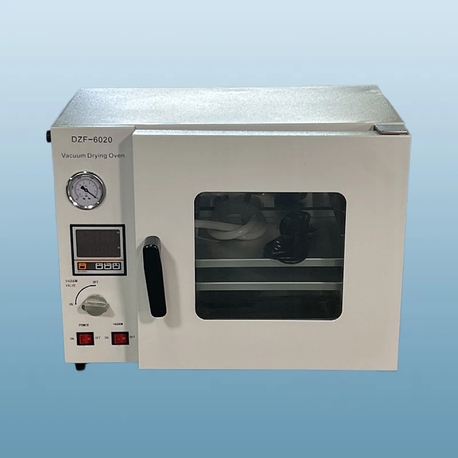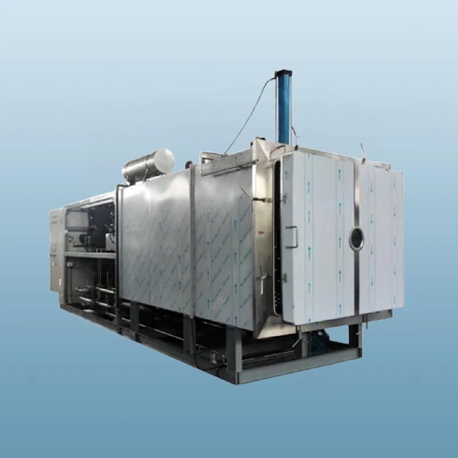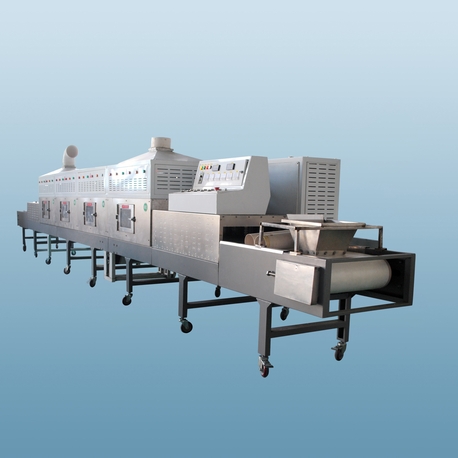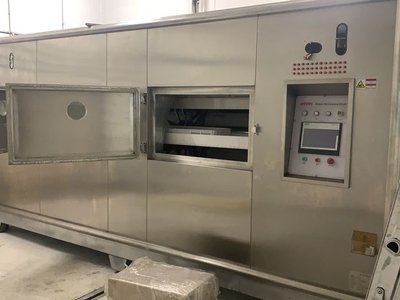The lyophilizer, also known as a freeze dryer, is a critical piece of equipment in industries where preserving the stability and longevity of sensitive materials is paramount. This sophisticated lyophilizer machine operates on the principle of sublimation, removing water from a product while it is frozen, thus avoiding the damaging liquid phase. Nowhere is this technology more crucial than in the pharmaceutical industry, where it is used to stabilize vaccines, antibiotics, biologics, and other injectable drugs. The process ensures these vital products remain effective and safe throughout their shelf life. However, operating and maintaining this equipment is not without its challenges. A rigorous lyophilizer cleaning validation protocol is essential to prevent cross-contamination and ensure product safety, representing a significant portion of the operational workflow. This article delves into the intricacies of the lyophilizer, exploring its function, its validation, and the common hurdles faced by operators.
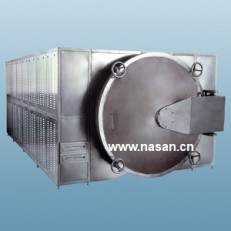
What is a Lyophilizer Machine and How Does It Work?
A lyophilizer machine is a complex system designed to meticulously remove moisture from a product through a three-stage process: freezing, primary drying (sublimation), and secondary drying (desorption). Unlike simple air drying or heating, lyophilization preserves the physical structure of the product, resulting in a stable, dry cake that can be easily reconstituted with water.
The main components of a standard lyophilizer include:
Drying Chamber: Where the product is placed on shelves; these shelves can be cooled and heated to precise temperatures.
Condenser: A cold trap that captures the moisture sublimed from the product. It maintains a temperature far lower than the product, creating a vapor pressure difference that drives the sublimation process.
Vacuum System: A pump that drastically reduces the pressure within the system. Lowering the pressure is essential for facilitating sublimation at temperatures that won't melt the product's ice crystals.
Refrigeration System: Cools the shelves and the condenser to the required sub-zero temperatures.
Control System: A sophisticated computer interface that allows operators to program, monitor, and control the entire lyophilization cycle with high precision.
The process begins by loading the pre-filled product vials onto the shelves. The shelves are then cooled to freeze the product solid. Next, a powerful vacuum is pulled. Once the appropriate vacuum level is achieved, the shelves are gently heated. This energy allows the frozen water molecules to transition directly from solid ice to vapor (sublimation) without passing through a liquid phase. The vapor travels to the ultra-cold condenser, where it re-freezes as ice. After primary drying removes most of the free water, the shelf temperature is increased further for the secondary drying phase to remove bound water molecules, leaving behind a moisture content typically between 1-4%.
The Critical Role of the Lyophilizer in the Pharmaceutical Industry
The application of the lyophilizer in the pharmaceutical industry is extensive and non-negotiable for many modern therapeutics. Many biological products, including proteins, peptides, and vaccines, are inherently unstable in liquid solutions. They can degrade, aggregate, or lose potency over time, especially when exposed to temperature fluctuations.
The lyophilizer solves this problem by converting these unstable liquid formulations into a stable solid powder. This dry state significantly slows down degradation processes, allowing the drug to be stored for months or even years at room temperature or under refrigeration, rather than requiring deep-freeze conditions that are impractical for distribution and storage. This is a key enabler for global vaccine campaigns and the distribution of complex biologic drugs. Furthermore, for injectable products, the formation of a elegant, porous "cake" allows for rapid and complete reconstitution back into its original form just before administration. The sterility of the product is maintained throughout the entire process within the sealed environment of the lyophilizer machine, making it ideal for aseptic manufacturing.
Ensuring Safety: The Imperative of Lyophilizer Cleaning Validation
In a multi-product manufacturing facility, the risk of cross-contamination is a primary concern. Residual product from one batch can contaminate a subsequent batch, leading to severe safety consequences, regulatory action, and product recalls. This is where lyophilizer cleaning validation becomes paramount.
Lyophilizer cleaning validation is a documented process that provides a high degree of assurance that the cleaning procedures designed for a specific lyophilizer machine are consistently effective in removing product residues, cleaning agent residues, and microbial contaminants. It is not a one-time event but an ongoing program required by regulatory bodies like the FDA and EMA.
The validation process typically involves:
Establishing Acceptance Criteria: Defining scientifically justified limits for allowable residue. This is often based on factors like toxicity, dose, and solubility.
Developing Robust Cleaning Procedures: Creating detailed, repeatable Standard Operating Procedures (SOPs) for cleaning all product-contact parts of the lyophilizer, including the chamber, shelves, condenser, and drain lines.
Sampling and Testing: Executing protocol-based cleaning cycles and then testing for residues. The two main sampling methods are:
Swab Sampling: Physically swabbing specific, hard-to-clean locations (e.g., shelf corners, door gaskets) and analyzing the swab for chemical and microbiological residues.
Rinse Sampling: Collecting the final rinse water from the cleaning process and analyzing it for residues.
Documentation and Reporting: Compiling all data into a formal report that proves the cleaning method consistently reduces residues below the pre-defined acceptance criteria.
A successful lyophilizer cleaning validation program is a cornerstone of current Good Manufacturing Practices (cGMP) and is essential for maintaining a safe and compliant manufacturing operation within the pharmaceutical industry.
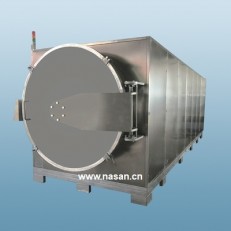
Common Challenges and Problems in Lyophilization Operation
Operating a lyophilizer machine effectively requires overcoming several technical and procedural challenges. These issues can impact product quality, process efficiency, and operational costs.
1. Incomplete or Failed Lyophilization Cycles:
Meltback/Collapse: This occurs if the product temperature exceeds its critical "collapse temperature" during primary drying. The frozen structure softens and collapses, resulting in an unusable, messy cake that may not reconstitute properly. This is often caused by overly aggressive heating or a vacuum failure.
Incomplete Drying (High Moisture): If the cycle is terminated too early or the secondary drying is insufficient, the final product will retain too much moisture. This leads to reduced stability, decreased shelf life, and potential product degradation.
2. Lyophilizer Machine Performance Issues:
Vacuum Leaks: A leak in the system prevents it from maintaining the low pressure required for efficient sublimation. This can drastically prolong cycle times and cause product collapse.
Condenser Overload/Icing: If the volume of water vapor exceeds the condenser's capacity, or if the condenser fails to maintain its low temperature, ice can build up and block the vapor path, halting the drying process.
Refrigeration System Failure: A loss of cooling to the shelves or condenser will cause the entire process to fail, potentially ruining an entire batch of product.
3. Lyophilizer Cleaning Validation and Contamination Problems:
Failed Swab Tests: Ineffective cleaning procedures can leave behind residues, causing a lyophilizer cleaning validation study to fail. This can halt production until the cleaning SOPs are investigated and improved.
Microbial Contamination: Cracks, scratches, or poor design in the chamber or shelves can create harborage points for biofilms, making them incredibly difficult to clean and sterilize.
Non-Representative Sampling: A major challenge in lyophilizer cleaning validation is selecting the correct sampling sites. Missing a "worst-case" location can lead to false confidence in the cleaning process.
4. Process Transfer and Scale-Up Issues:
Replicating a lab-scale lyophilization cycle on a large production-scale lyophilizer machine is notoriously difficult. Differences in equipment geometry, shelf temperature uniformity, and condenser capacity can lead to different product outcomes, requiring significant cycle re-development.
The lyophilizer is an engineering marvel that plays an indispensable role, particularly within the pharmaceutical industry, by enabling the creation of stable, life-saving drugs. Understanding the intricate operation of the lyophilizer machine is the first step toward leveraging its full potential. However, its power is matched by its complexity. Maintaining this equipment and ensuring its cleanliness through a rigorous, well-documented lyophilizer cleaning validation program is not just a regulatory hurdle—it is a fundamental requirement for patient safety and product quality. By anticipating and addressing common problems like meltback, contamination, and equipment failure, manufacturers can optimize their lyophilization processes, ensuring efficiency, compliance, and, most importantly, the delivery of effective medicines to patients worldwide.


